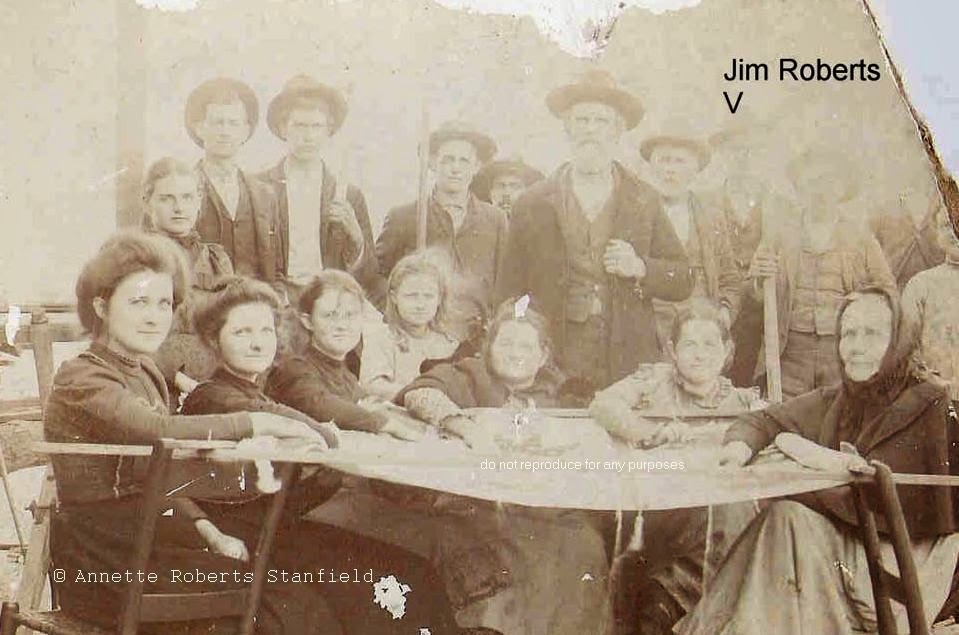I spent a happy half hour completing a survey of creative workers in New England. (The link is here.) This is a well-designed survey that asks real questions about our economic and social life. Since the economic impact of the arts is generally misunderstood by the bean-counters of this world, it behooves us all to answer, and to do so as accurately as possible.
This is the third employment-specific study done by New England Foundation for the Arts (NEFA) since 1978. Its purpose is to determine which creative occupations are flourishing in New England and how the arts mesh with other economic sectors.
My inner accountant is always leery of studies that are too vague or touchy-feely to be of practical use. This study is not like that at all. It asks specific geographical, economic and behavioral questions. In fact, I found it helpful to have my 2015 income tax return handy. However, they want to hear from you even if you aren’t making enough money to declare your art income as a business, and they want to hear about the parts of your work that are unpaid. If you’re concerned about the security of your financial information, don’t be; the survey itself is blind.
The story of Williamsburg, in Brooklyn, demonstrates why precise economic information about the arts is important for urban planning. Prior to the millennium, Williamsburg was a low-rent district. Artists began to see its value and moved in. In the early 2000s, it became a hub of contemporary music, visual arts and local hipster culture. Since then, it has steadily gentrified. What could have been a hole in Brooklyn’s side is now a popular neighborhood.
Of course, the same could be said about Rockland, ME, which I recently heard described by a tourist as “the Santa Fe of the East.” Belfast is another town that has changed a great deal since the last NEFA survey in 2007. The only way NEFA is going to be aware of the breadth of these changes is if the artists in our towns tell them.
NEFA defines creative workers as visual artists, dancers, musicians, theater makers, designers, craftspeople, architects, digital media creators, culture bearers, writers, and more. If you’re in doubt, log in and see if you’re meant to be counted.
The survey closes on November 18, so you don’t really have much time. It is restricted to residents of the six New England states.








